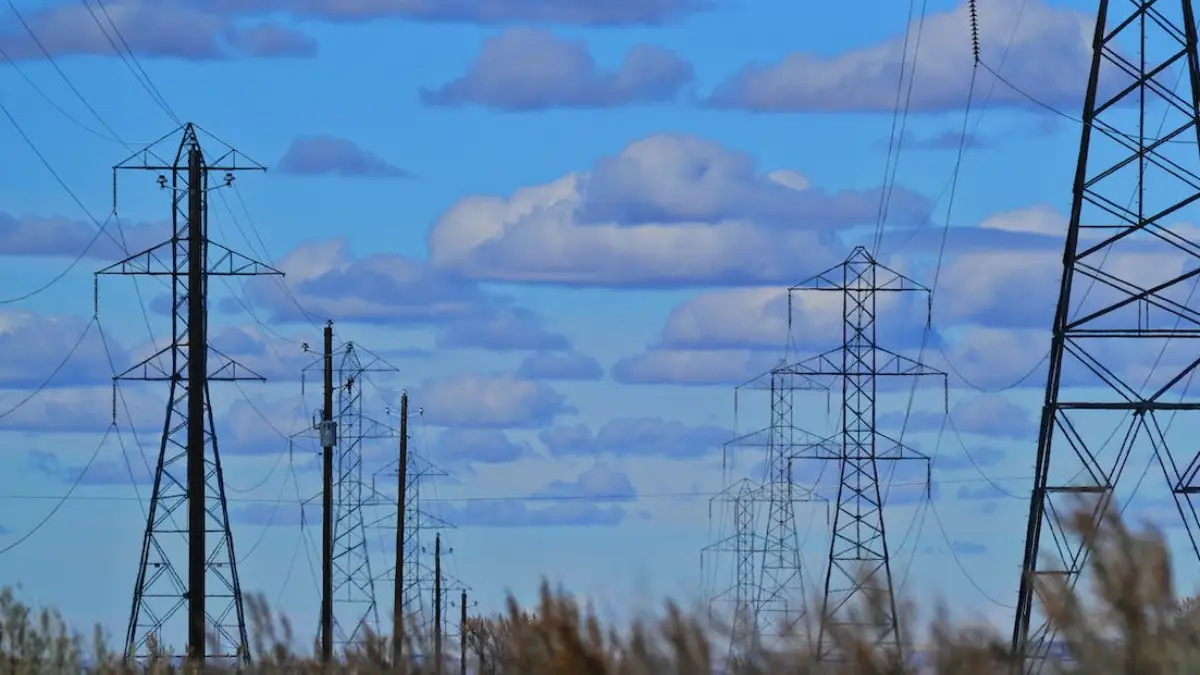National Trust deploys cutting-edge technology to explore inaccessible Cold War labs at Orford Ness.
In a groundbreaking move, the National Trust has enlisted the help of a robotic dog, aptly named Spot, to survey two historically significant Cold War weapons testing facilities at Orford Ness in Suffolk. These facilities, known as Labs 4 and 5 or “pagodas,” have remained inaccessible to humans due to deteriorating concrete and safety concerns. This innovative approach marks a pivotal moment in preserving the legacy of these structures and paves the way for future research at heritage sites.
A Historic Endeavor
Orford Ness, a remote shingle spit off the coast of Suffolk, played a crucial role as a military test site during both World Wars and the Cold War era. It was at these labs that environmental tests on the atomic bomb were conducted, simulating the extreme conditions a weapon might endure before detonation. These tests included exposure to vibrations, extreme temperatures, shocks, and G forces. While no nuclear material was present, any test failure could have resulted in a catastrophic explosion.
Spot: The Robotic Explorer
Spot, the robotic dog equipped with a top-mounted camera and four hinged legs, was remotely controlled to explore spaces deemed unsafe for human entry. Alongside drones, it was employed to survey historically significant laboratories. Both Labs 4 and 5 hold scheduled monument status and have been cloaked in secrecy since their construction in 1960.
A Glimpse into the Past
Glen Pearce, Operations Manager at the National Trust’s Orford Ness, expressed the excitement surrounding this venture, saying, “This is a highly exciting chance for us to visit the “pagodas,” or labs #4 and #5. The structures have long exuded a sense of mystique. They were constructed and used in secrecy during the Cold War, and after they were decommissioned, they fell into disrepair.”
This endeavor not only promises to shed light on these enigmatic structures but also opens doors to new possibilities for engaging with other scheduled monuments and unsafe-to-enter buildings.
Pioneering Preservation
Angus Wainwright, National Trust archaeologist, emphasized the significance of this survey on a national and international scale. “These are some of the only publically accessible Cold War structures of such mammoth size,” he noted. As concrete decay renders them increasingly risky for human exploration, this experimental survey using robotic technology aims to provide detailed building records without human operators entering the buildings.
Curated Decay and Conservation
The National Trust has adopted a curated decay policy for these structures, allowing nature to reclaim them. The roofs of these labs have become nesting sites for lesser black-backed gulls, an amber-listed conservation species in the UK.
Colin Evison, Innovation Technical Lead at BAM, the company behind Spot, referred to this endeavor as a “fantastic opportunity to put into action our agile mobile robot Spot.” He also highlighted the survey’s importance in providing a comprehensive and valuable record of this historic environment for future generations.
As the National Trust pioneers this innovative approach to preserving our historical heritage, it opens doors to a new era of exploration and understanding at sites like Orford Ness.









